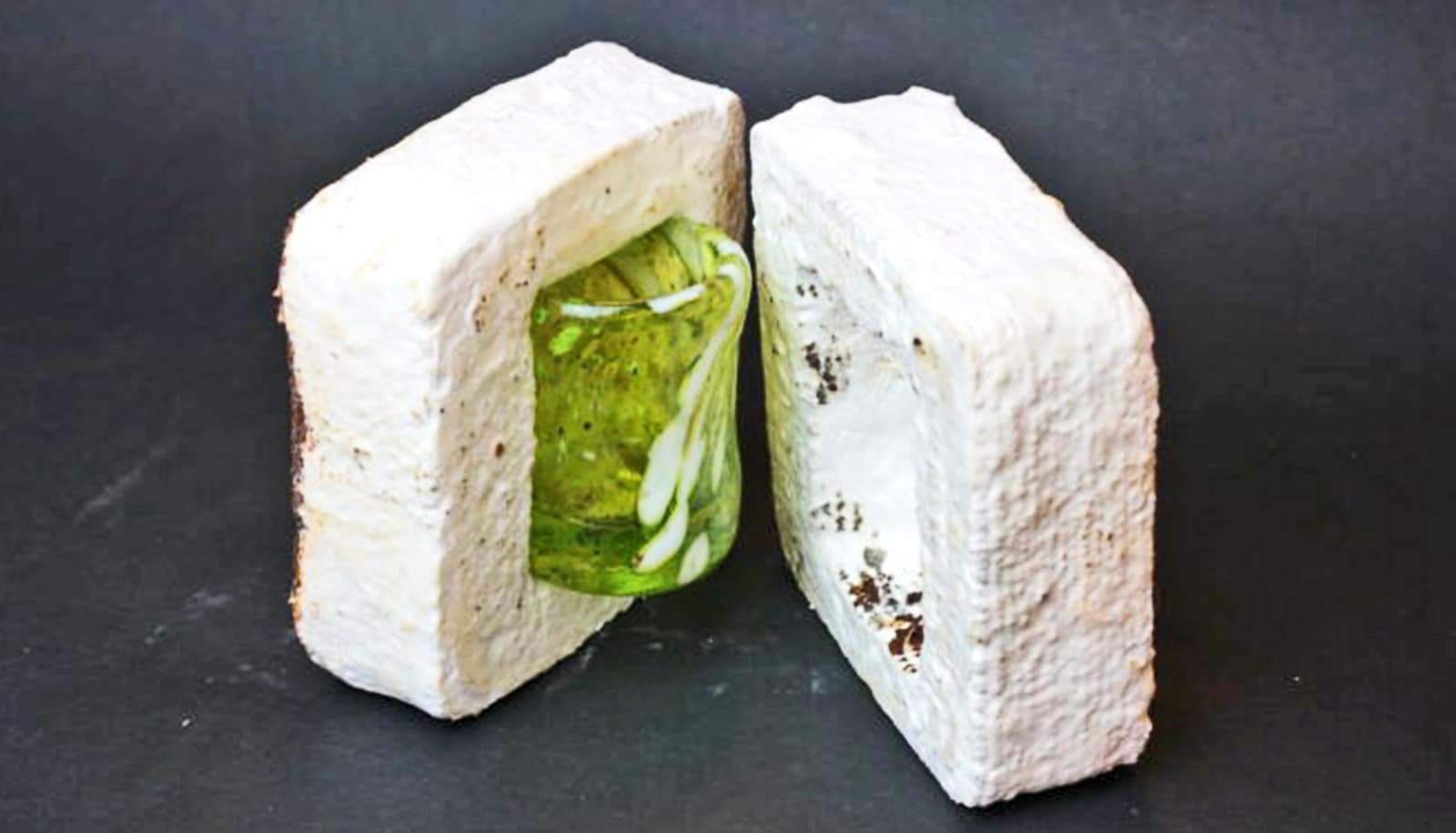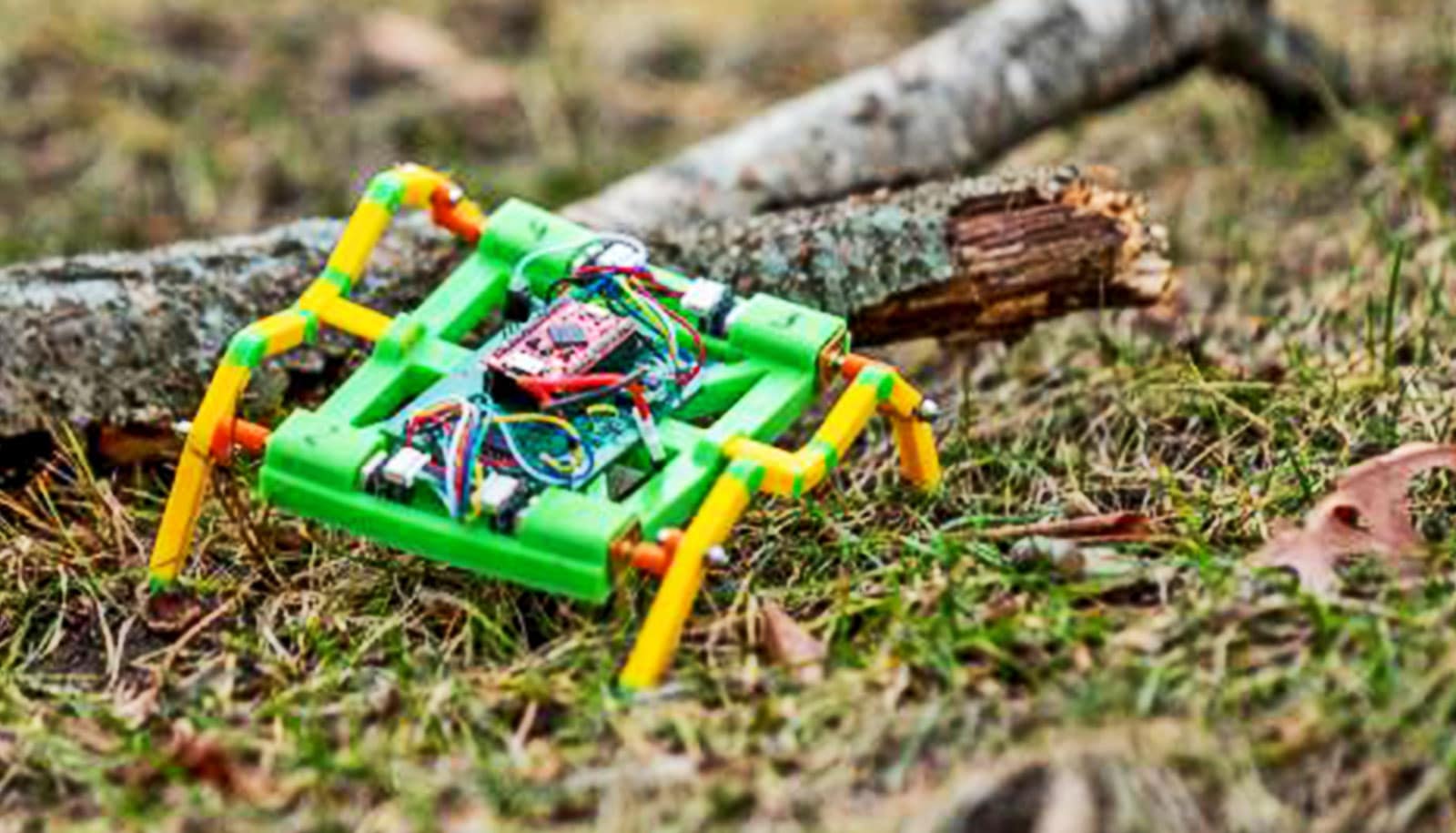A new system could help treat babies born with gastroschisis, a condition where the abdominal wall is not fully closed and some of the intestines are outside the body at birth.
Standard treatment in Western hospitals is a sterile silicone bag that holds the intestines in place and allows gravity to slowly pull them back into the abdominal cavity—a process that can take five to 10 days.
But the custom bag and its mounting equipment are too expensive for hospitals in Uganda, where an infant with the condition has a nearly zero chance of survival.
Bindi Naik-Mathuria, a pediatric surgeon at Texas Children’s Hospital, works with hospitals in Uganda and learned from Nasser Kakembo, an expert in gastroschisis at Mulago Hospital, Kampala, that makeshift solutions are usually not adequate to save a child’s life.
Naik-Mathuria approached bioengineer Meaghan Bond, a postdoctoral research associate with the Rice 360˚ Institute for Global Health, who brought the problem to a team of undergraduate students early this year. That group then came up with the idea for a “Si-Low” bag.
The system roughly resembles the larger gravity-fed bags used in developed countries, says team member Sanika Rane. “We thought, we’re coming up with a lower-cost alternative to the bag, so why not call it Si-Low.”
Rane and her fellow team members Sajel Dutt and Owais Fazal recognized early on they would have to create a bag from scratch in a manner that could easily be duplicated in Uganda—or anywhere.
That meant getting the right material—in this case a heavy-duty silicone that would keep its slightly tapered shape and retain the intestines in a warm and moist environment while they worked their way down.
“We got a silicone sheet online and played with a lot of different adhesives to try to glue it together, and nothing worked,” Rane says. “We found out that silicone is really hard to bond to itself and realized quickly that we would have to come up with something else to make this bag. So we decided to sew. It turned out to be a lot stronger than we expected.”
The two other components are both 3D-printed, one an adjustable ring that slips under the infant’s skin to hold the bag in place and the other a bracket that secures the top of the bag and allows it to be suspended from an intravenous stand.
Their solution cut the cost of a bag from $240 to roughly $28.
“We want to make sure the bags hold the intestines tight enough to make sure they reduce slowly, because the cavity can only expand gradually,” Fazal says. “If we have a bag that doesn’t conform tightly enough to the intestines, they might just plop right in and not give enough time for the cavity to expand to accommodate them. That can result in all kinds of complications.”
New clues to why intestines of preemies stop working
Testing took place at the lab of Rebecca Richards-Kortum, a professor of bioengineering and director of Rice 360º, where it was easier to work in a sterile environment.
The team plans to do further testing and needs to seek institutional review board approval before any validation with patients. The team will travel to Malawi this summer to get the advice of clinicians.
“The Ugandan doctor we met with last week said he would definitely want to reuse a bag like this, without a doubt,” Rane says. “So we’re thinking about how to sterilize it, how to make it safe, and make sure it doesn’t catch and host infections. Going forward, we’ll think about all the logistics.”
Source: Rice University



